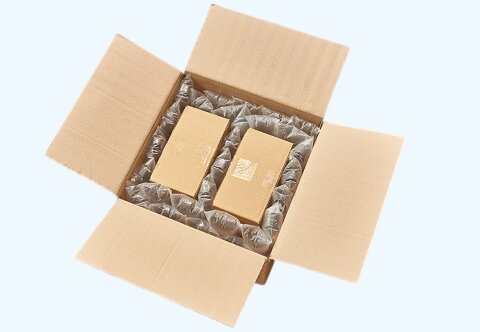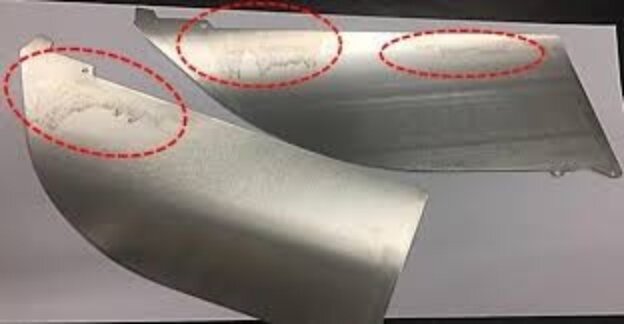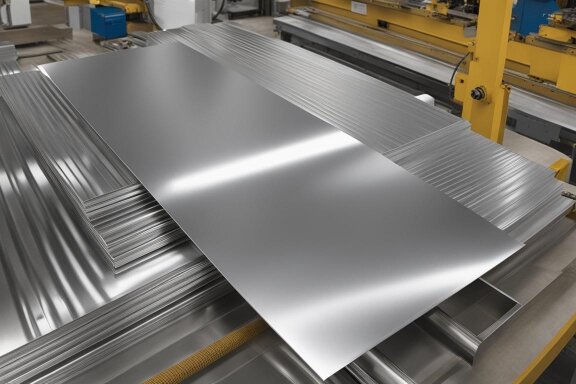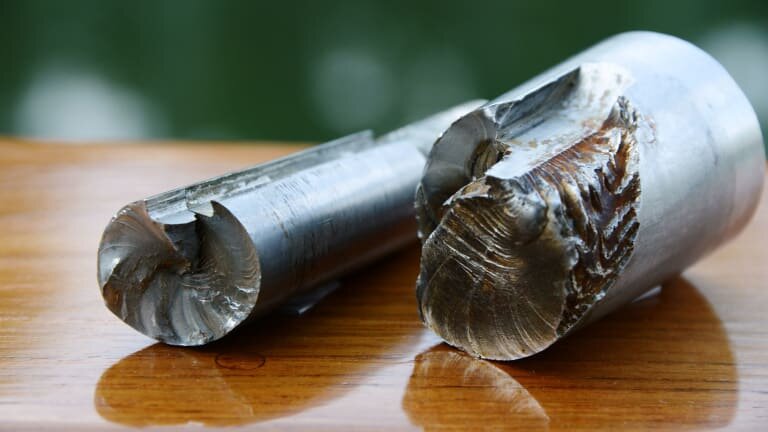Many professionals struggle when welding galvanized steel. The zinc coating burns off, creating smoke, weak welds, or porosity. If you’ve ever dealt with splatter, rough seams, or corrosion after welding, you’re not alone. But with the right approach, you can avoid these issues and get strong, clean welds on galvanized surfaces.
You can weld galvanized steel using MIG, TIG, or stick welding methods. Before welding, always remove the zinc coating from the weld area. This reduces toxic fumes and helps get better weld quality. Use proper ventilation and wear a fume extractor if possible. After welding, apply a cold galvanizing compound to protect the joint from rust.
Welding galvanized steel requires extra care. You need to prep the material, protect your health, and manage post-weld coatings. Let’s look at each step in more detail.
What Is Galvanized Steel?
Galvanized steel is regular steel with a thin zinc layer on the surface. This zinc coating protects the steel from rust and wear. The coating is usually added by dipping the steel into molten zinc or by electroplating.
You can find galvanized steel in outdoor frames, car parts, and air ducts. The zinc works as a shield. It keeps moisture and air from reaching the steel underneath. Since zinc rusts more slowly than steel, it helps the part last longer. But this coating can create problems when heat is used.
Why Is Galvanized Steel Hard to Weld?
The main issue happens when the zinc burns during welding. Zinc melts much faster than steel. When the welding arc touches the metal, the zinc turns to gas quickly. This creates thick smoke and can lead to weak or porous welds.
Molten zinc can also mix into the weld pool. It can cause cracks or give the weld a rough look. The zinc fumes can also make it harder to keep a steady arc. All of this makes welding galvanized steel more difficult than working with plain steel.
Health and Safety Risks If Not Welded Correctly
Welding galvanized steel without the proper steps can be risky. The biggest concern is breathing in zinc fumes. These fumes can cause zinc fume fever. It feels like the flu, with symptoms like headaches, fever, and chest pain. It usually goes away, but breathing these fumes often can lead to health problems later.
There are also structural risks. Welds with cracks or holes might not hold up under stress. If the zinc isn’t cleaned off before welding, rust can return and spread from inside the joint. This can shorten the life of the part and create safety issues. That’s why careful prep and protection are necessary, not optional.
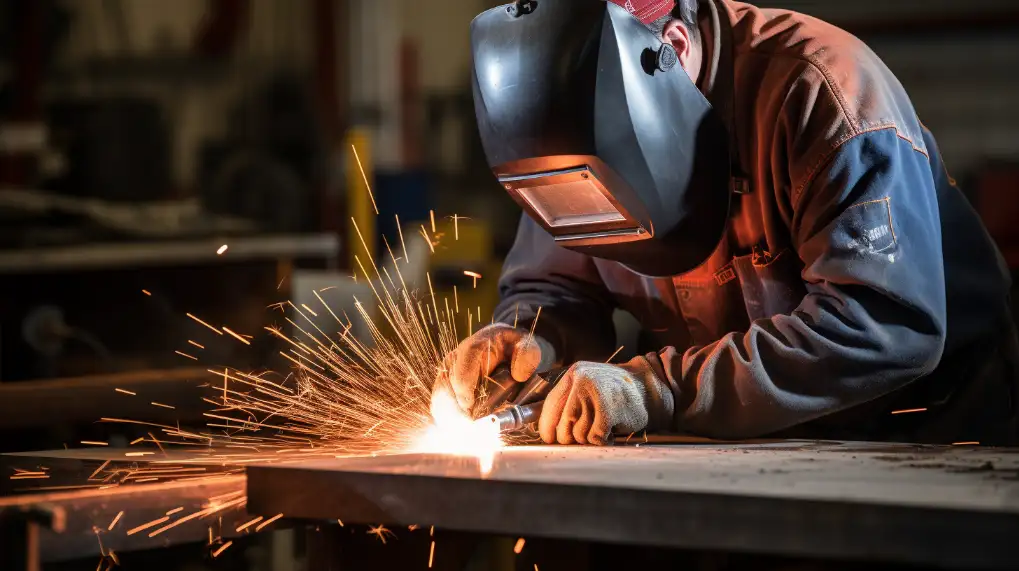
Safety Precautions for Welding Galvanized Steel
Before starting any weld on galvanized steel, safety must come first. The fumes from the zinc coating can be harmful, and exposure should be minimized as much as possible.
Toxic Fumes and Ventilation Requirements
When zinc burns, it releases white, toxic smoke made of zinc oxide. Inhaling this smoke can cause zinc fume fever. It often starts a few hours after exposure. Common symptoms include nausea, chills, fatigue, and coughing.
To reduce the risk, work in a well-ventilated space. Use local exhaust ventilation or fume extractors. If possible, weld outdoors or in areas with open airflow. For indoor work, a fume hood or downdraft table can help remove airborne particles fast.
Always make sure the airflow pulls fumes away from your face. Do not rely on a standard fan. It may spread the fumes rather than remove them.
Protective Gear and Equipment for Welders
Wear a proper respirator that’s rated for welding fumes. A paper mask is not enough. Look for one with a P100 filter or an approved air-purifying system. This protects your lungs from harmful metal fumes.
Use gloves, flame-resistant clothing, and a welding helmet with a clear visor. Make sure all skin is covered. Sparks and molten zinc can cause burns or skin irritation.
Keep a fire extinguisher nearby. Zinc powder is flammable. Clean the workspace often to avoid buildup. Good personal protection is the first line of defense against long-term exposure risks.
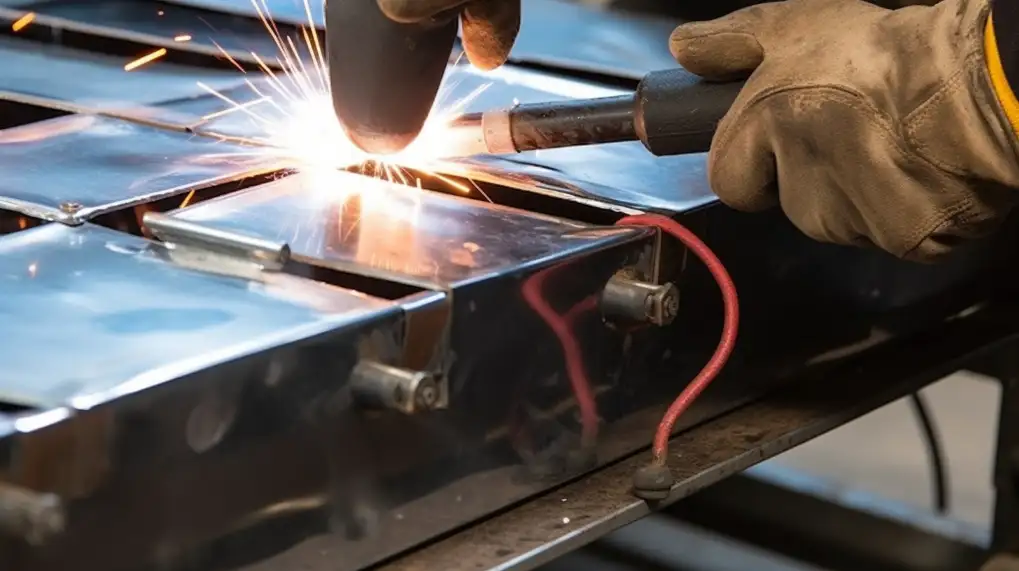
How to Weld Galvanized Steel? Step-by-Step
Welding galvanized steel takes more than just skill with the torch—each step before and during the weld matters. Let’s walk through the process from prep to execution.
Step 1: Prepare the Galvanized Steel
Start by cleaning the weld area. Use a wire brush or grinder to remove the zinc coating from about one inch around the joint. This helps prevent zinc fumes and reduces weld defects.
Wipe the cleaned surface with a degreaser. Make sure there’s no oil, dirt, or paint. A clean surface ensures better arc control and a more stable weld pool.
Don’t skip this step. If the zinc stays on, it can cause porosity or cracking in the weld.
Step 2: Choose the Right Welding Process
Use MIG, TIG, or stick welding. MIG is the most common and easiest to use. It works well for thinner galvanized sheets. TIG gives cleaner, more controlled welds, but it’s slower. Stick welding is suitable for thicker sections or outdoor jobs.
Pick a process based on the material thickness and the quality you need. Each method has pros and cons, but they all need proper prep and technique to avoid zinc-related issues.
Step 3: Clamp and Position the Parts
Clap the parts tightly before you strike the arc. Gaps can cause poor fusion or distortion. Use copper backing bars or heat sinks if you want better heat control or flatter welds.
Make sure the joint is easy to reach. Keep the torch angle consistent. Set up your weld in a position that gives you complete visibility and steady control. This helps avoid overheating the zinc layer.
Step 4: Select the Correct Filler Material
Use a filler metal that matches the base steel type. For MIG, ER70S-6 is a good choice. It handles some contamination better and gives good penetration. For stick welding, E6011 or E6013 works well on galvanized surfaces.
Avoid fillers that are too hard or brittle. A bit of flexibility helps absorb any stress from thermal expansion. If you’re welding structural parts, double-check that the filler rod meets the load and safety requirements.
Step 5: Set the Machine Properly
Adjust your welding machine based on the thickness of the steel. For MIG, use a bit more voltage and increase the wire feed speed. This helps burn through any zinc that’s left behind. Keep your travel speed steady to avoid overheating or bending the part.
Use a short arc and aim it at the steel, not the zinc. This gives better fusion. If you’re using TIG, go with DCEN polarity and adjust the amperage carefully to avoid too much heat. Always test your settings on scrap first before working on the actual part.
Step 6: Weld in Short Sections
Don’t weld the whole seam in one go. Break the weld into short sections. This keeps the heat under control and reduces how much zinc turns to vapor.
Let the part cool down a bit between each weld. This also helps stop the metal from warping and keeps the joint cleaner. Tack welds are helpful, too. They hold everything in place and prevent parts from shifting due to heat.
Step 7: Clean Between Weld Layers
If you’re doing multiple passes, clean between each one. Use a wire brush or grinder to take off any slag or leftover material. If you see any zinc near the joint, remove it before starting the next pass.
This step improves fusion and makes the weld look and perform better. Always clean between layers, especially for thicker or structural parts.
Step 8: Finish the Weld and Protect the Surface
After you’re done welding, clean the area. Remove any spatter, slag, or heat marks. Use a wire brush, flap disc, or grinder to get a clean surface.
Then, apply a cold galvanizing spray or zinc-rich paint. This puts back the rust protection you removed during welding. If you skip this step, the welded area can rust quickly, especially if it’s exposed to rain or moisture.
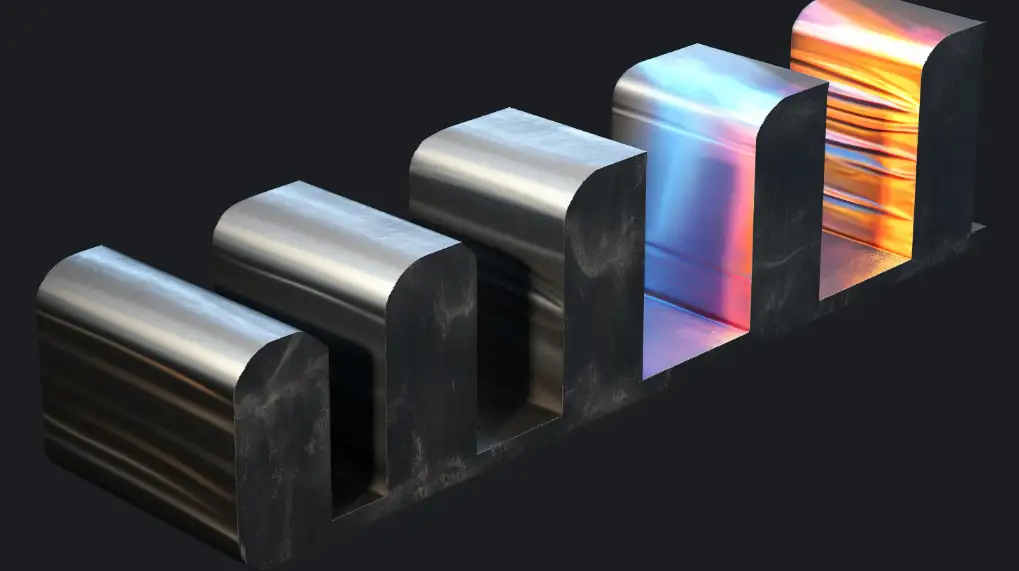
Tips For Successful Galvanized Steel Welding
Welding galvanized steel doesn’t have to be difficult. Follow these quick tips to improve quality and reduce risk:
- Always remove the zinc coating from the weld area.
- Use local exhaust or fume extraction to remove toxic smoke.
- Wear a respirator rated for metal fumes, not just a dust mask.
- Choose filler metals that work well with coated surfaces.
- Weld in short runs to control heat and reduce warping.
- Clean between passes to prevent slag or defects.
- Apply zinc-rich paint after welding to restore corrosion resistance.
- Store your materials in a dry place to avoid moisture-related weld problems.
- Keep a fire extinguisher nearby—zinc dust is flammable.
- Test on scrap before welding actual parts to fine-tune your settings.
Conclusion
Welding galvanized steel needs extra steps and attention. You must remove the zinc coating, use the correct welding method, and control heat carefully. Safety is key—always wear proper gear and work in a well-ventilated space. Clean between passes and reapply a zinc-rich coating after the weld. When done right, galvanized steel can be welded cleanly and powerfully.
Need help with welded galvanized parts? Our team can assist with prototypes or large-volume orders. Contact us to discuss your project and get a fast quote.
Hey, I'm Kevin Lee

For the past 10 years, I’ve been immersed in various forms of sheet metal fabrication, sharing cool insights here from my experiences across diverse workshops.
Get in touch

Kevin Lee
I have over ten years of professional experience in sheet metal fabrication, specializing in laser cutting, bending, welding, and surface treatment techniques. As the Technical Director at Shengen, I am committed to solving complex manufacturing challenges and driving innovation and quality in each project.

